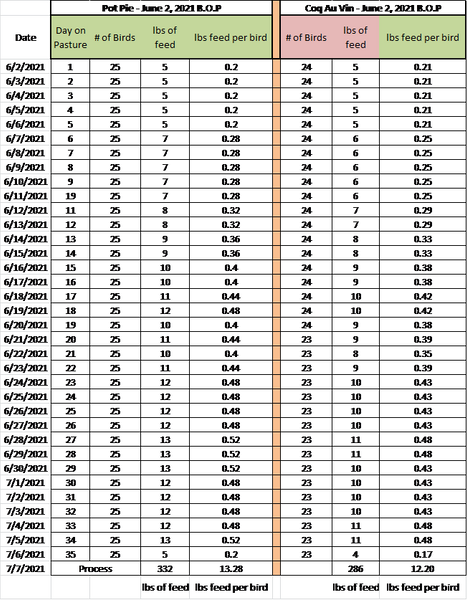By Kirk and Tamara Gadzia, owner-operators of Vista Grande Farm and Resource Management Services, a training and consulting firm located in Bernalillo, NM.
Tamara and I have always had a garden and enjoyed raising and eating some of our own fruits and vegetables. But, when we really started expanding the raised garden beds, adding drip irrigation, grazing our productive pastures, and raising chickens, the learning curve got a bit steeper! We also started growing more than we could consume, so had to learn about canning, drying, and freezing the excess produce for later. Having a holistic goal that provided a clear vision of what we wanted and were willing to do to achieve it has really been (and continues to be) an anchor in that process. Here are five tips for anyone interested in growing some of their own food.

1. DON’T START UNTIL YOU FINISH
Do not try to shortcut the holistic goal setting, planning, and analysis stages when implementing a new homesteading or small-scale growing operation. The time you spend critically thinking about the future you want to build will pay off in better decisions and fewer mistakes in the long run. In other words, do not begin the action part of your work until you have planned for the future you are going to build.
2. DON’T BE AFRAID TO ASK
There are many people who have shared your dream of homesteading and enjoying growing food for themselves and others. Take the time to read, visit and learn from others who have made the mistakes that you probably will too! For example, we planted our original garden beds too close to young trees that eventually outcompeted and shaded the crops. It was no fun moving them and all the soil we had built over the years.

3. KEEP DETAILED RECORDS
All successful businesses keep detailed records. We always hear that we should rotate our crops, but chances are you will not remember where or what you planted last year when next season’s planting is beginning. Draw out your beds and crop varieties each season you plant and record what happened. Keeping a daily record of the amount of feed it takes to raise a chick to a harvestable broiler in eight weeks is critical to profit. Detailed records help you know where the business stands financially and what potential challenges you could be facing. Just knowing this gives you time to create strategies to overcome those challenges.


4. DIFFERENTIATE BETWEEN PLANT AND ANIMAL CROPS
There is a huge synergy in combining plant and animal crops in your homesteading and growing operations. However, remember the goals you set at the beginning of the process. You can automate some of the tasks associated with raising plant crops and be away from the property for a weekend or longer without many problems. However, animals require daily care and protection from weather and predators. For example, rather than grazing one or two cows on our pasture area, we decided it was much better to bring in a small herd of our friend’s cows for two months. We got a much higher animal impact and improvement on our pasture, it took the same amount of time to rotate the herd, and we were free to plan travel and be away when we wanted.
5. PRIORITIZE YOUR TO DO LIST
Time is the most precious commodity we have. Prioritizing your time around your values and future is the essence of time management. Most people make daily lists of tasks. Taking the time to prioritize that list ensures the most important items get done first, rather than those we probably most enjoy while we put off those we don’t.
About the Authors
Kirk and Tamara Gadzia own and operate Vista Grande Farm and Resource Management Services, a training and consulting firm located in Bernalillo, NM. Kirk has over 30 years of experience teaching the concepts of Holistic Management and has facilitated over 500 Holistic Management training seminars and workshops internationally. He is a certified Educator with Holistic Management International.
The focus of their work is a holistic approach to agriculture and life, whereby land, animals, crops, wildlife and other resources are planned into the operation and financial picture. The model for making this work is mimicking natural systems and balancing lifestyle with long and short-term goals. The decision making process used to achieve this balance is called Holistic Management.
Kirk also works directly with producers to achieve profitability in their operations. He has extensive international consulting experience with many large ranching and agricultural operations throughout the United States and overseas. Kirk is co-author of the National Academy of Science 1994 publication entitled Rangeland Health, and is working to improve rangeland health monitoring techniques in a wide variety of environments.
Years of assisting people on the land help Kirk and Tamara relate to the actual experiences and challenges of others in an interactive, hands-on style.

